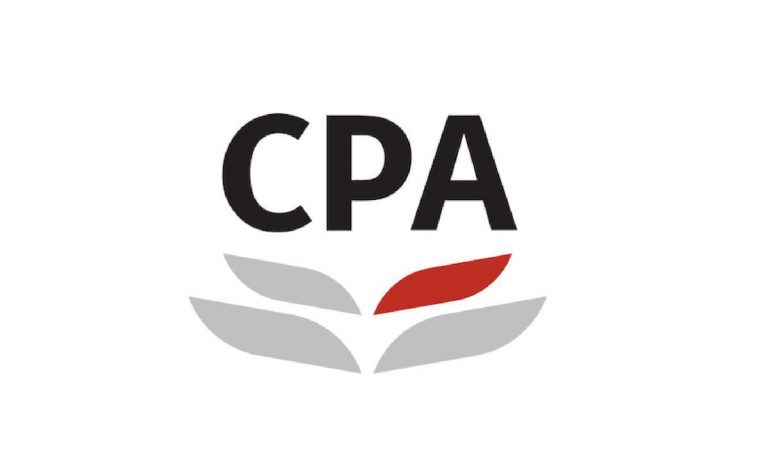A recent panel discussion entitled “Navigating the tech wave – Digitalization experiences in small and medium accounting practices” was held as part of the Practice Management Series for Small and Medium Practices (SMPs). The event brought together industry professionals to share their experiences and insights on digitalization for SMPs. The session featured Jimmy Yip, Deputy Chairman of the Small and Medium Practices Committee (SMPC) and Chairman of its Practice Management and Digitalization Support Group (support group); Webster Ng, a member of SMPC and the support group; and Thomas Lee, also a member of the support group.
Current technologies in use
The panellists discussed their current technologies. Yip uses tools like ChatGPT for speeches, emails, and reports, and values digital tools for practice management, such as time sheets and expense claims software, to reduce paperwork and meet anti-money laundering requirements.
Ng relies on artificial intelligence (AI) to enhance work quality and noted the partial digitalization of SMPs. He emphasized the need for tools that align with audit quality standards and government support for transitioning to digital methods, noting that these tools will likely become mandatory in the future.
Lee’s company employs generative AI for tasks like writing papers, designing policies, and creating client communications. He mentioned that prompt engineering improves the skill of giving instructions to junior staff, leading to better results.
Realizing the need for tech
The panellists reflected on the moments when they realized the necessity of elevating their adoption of technology. Ng recounted his experience during the SARS outbreak, where the use of Microsoft Excel and Word became ubiquitous. However, by 2017-2018, he noticed a decline in efficiency and realized they had kept the same version of the operating system over the years, and that there was a growing need to keep his tools standardized and updated. According to Ng, this was especially important as file incompatibility would cause issues given the constant need to exchange documents with clients.
A second critical moment for Ng was when the firm could not rely on conventional means of collecting payments during the major disruptions caused by the COVID-19 pandemic. Ng realized that clients would not have any reason not to submit the necessary payments with digital payments.
Lee highlighted the significant shift that was spurred on by the COVID-19 pandemic, which accelerated the adoption of technology universally, allowing for the availability of more affordable, good software. This was also reflected in the government’s digitalization efforts, such as the Inland Revenue Department roll out of the profit tax returns electronic filing system.
Yip added that external forces, such as regulatory requirements and client demands, often drive the adoption of technology. He shared his experience with cloud-based applications and the need for tools to conduct required audit tasks, such as journal entry testing. He also mentioned the importance of being aware of technological advancements and the role of the Institute in providing information to increase exposure to new tools.
Overcoming resistance to change
The panellists discussed the challenges of overcoming resistance to change within their organizations. Lee noted that resistance often stems from a lack of understanding and the need for management to handle change effectively. He emphasized the importance of staff buy-in and the benefits of allowing colleagues to drive the change process, as opposed to a top-down process.
Ng shared his insights on the TOE framework (Technology, Organization, Environment), a theoretical framework that explains technology adoption in organizations and explains the common resistance to digitalization. He highlighted the need for a mindset shift and the willingness to adapt to new tools, regardless of their complexity.
Yip discussed the importance of building trust in new technologies and the role of early adopters in reducing resistance. He emphasized the need for a phased approach to implementation, allowing staff to test and provide feedback before full-scale adoption.
Advantages of digitalization
The numerous benefits of digitalization were highlighted, including enhanced efficiency and accuracy, and standardization of work. Panellists discussed the importance of automation in reducing manual tasks and the role of digital tools in improving data management and analysis.
Yip shared his experience with tools that help identify exceptions and inconsistencies in financial data and emphasized the importance of data integrity, and the value of technology in reducing human errors and improving the quality of work. Another advantage he mentioned was enhanced client experience, sharing his experience of adopting a platform for client communication that improves transparency by facilitating things like requesting documentation.
Yip also added that, by moving away from paper documents, the firm is able to save on storage space and allow for a cleaner, more modern office environment.
Ng highlighted the role of big data analysis in decision-making and the need for SMPs to adopt digital tools to stay competitive. He also discussed the importance of understanding and addressing confidentiality and security concerns associated with digitalization.
Learn more
Technology is the key to the future of accounting, and the Institute is committed to supporting its SMP members in their digital transformation journey, providing them with the resources, support, and guidance they need to successfully navigate the tech wave. Read the Institute’s report for more insights for SMPs to effectively integrate technology into their operations.















